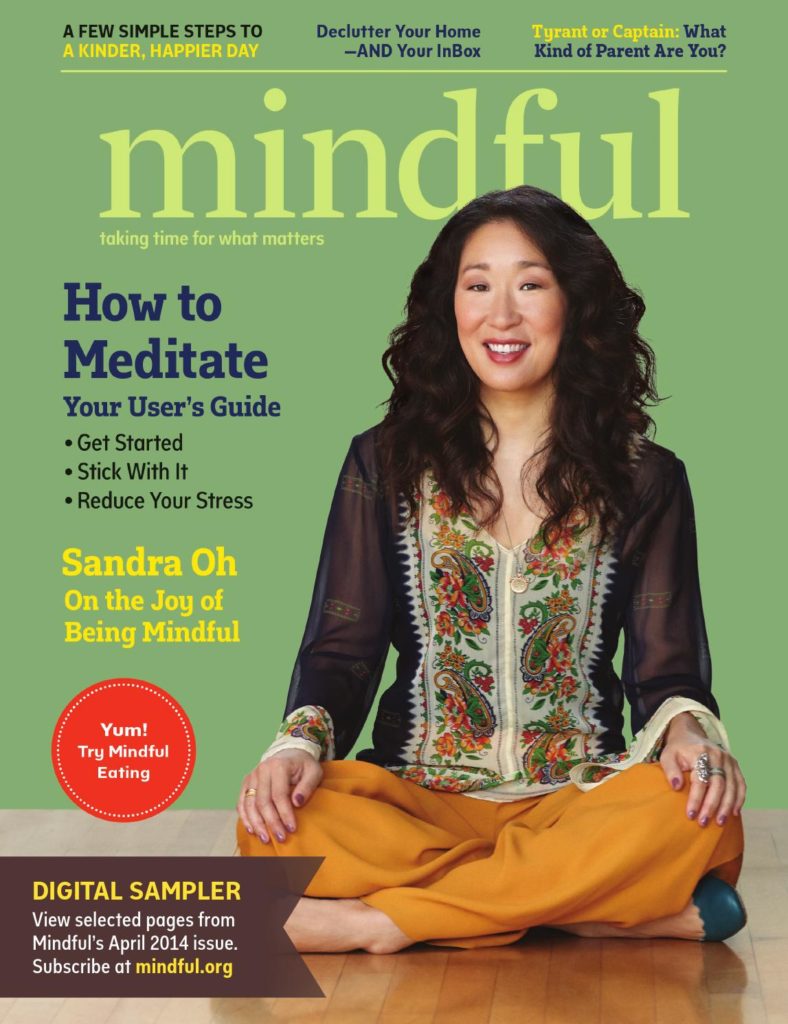Why is the Mindfulness Based Stress Reduction Program So Effective?
In order to figure out why Mindfulness Based Stress Reduction programs are so effective we need to look at what it is and how that relates to the core of stress related issues. We have come to learn that stress plays a role in so many negative ways and finding an approach that diffuses the core cause of these issues is very important.
The biggest problem with stress is when it becomes chronic and we become stuck in the fight or flight response. At that point we begin to deal with all the physical, mental and emotional changes that are designed to help us in the short run but become problematic in the long run if the system doesn’t normalize and return to balance. In many ways we can think of mindfulness based stress reduction as the antidote to being stuck in fight or flight. In that way it addresses the core of the problem.
The primary coping mechanism in fight or flight is our ability to disconnect from what is happening in the present moment. Considering the original purpose of fight or flight is to assure our survival in a situation of danger, possible death or injury, the ability to disconnect from those unwanted experiences can be a welcomed strategy. Of course with chronic stress this disconnection stays with us over a long period of time. We disconnect from our bodies, emotions and mind which causes many problems. The definition of mindfulness is paying attention moment by moment in a non judgmental way. As an antidote it brings you back in the present moment…into your body, mind and emotions. In so doing it breaks the stress cycle and provides the impetus to return the system to normal. MBSR Scottsdale Institute for Health and Medicine serves the entire MBSR Phoenix area needs.
Why is the Mindfulness Based Stress Reduction Program So Effective? Read More »


